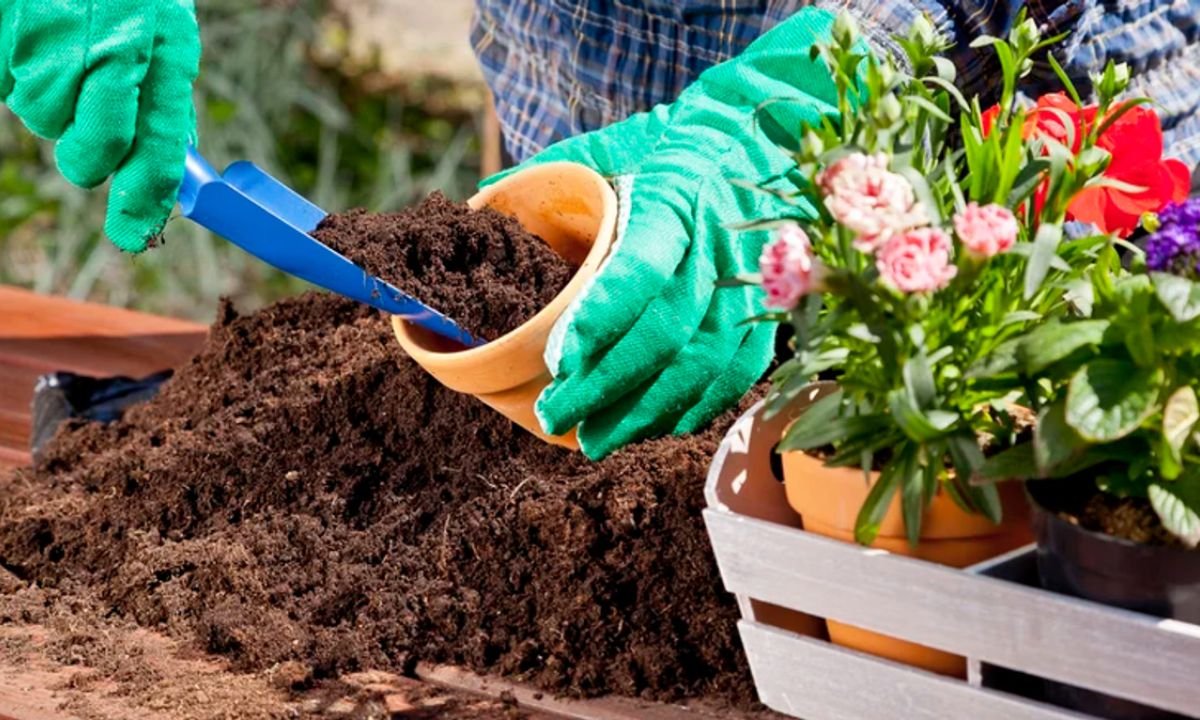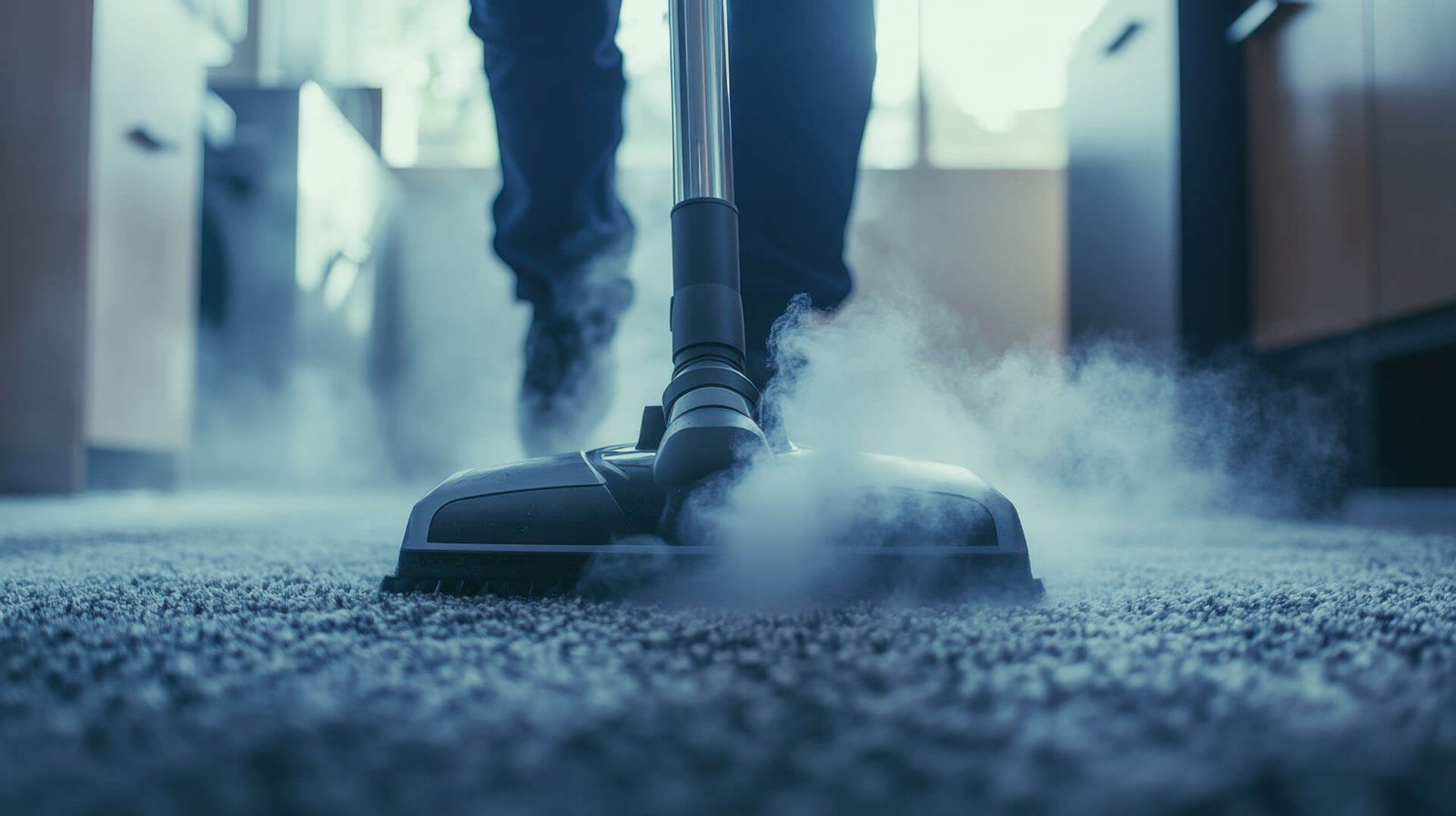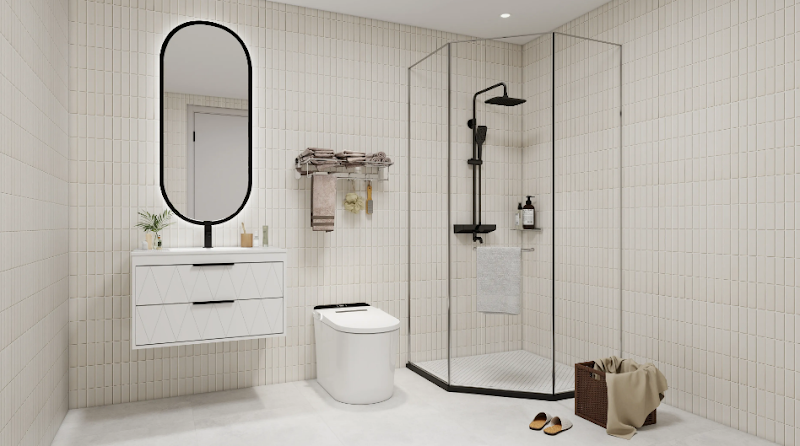Indoor gardening is more than just a hobby—it’s a way to transform your living space, boost mental well-being, and connect with nature. But your plants need more than just water and sunlight to thrive. One of the most overlooked yet crucial elements? Choosing the right plant pot. Yes, the pot you use plays a huge role in how well your indoor plants grow.
This article dives into 5 expert tips for selecting the right plant pot that meets your plants’ needs, complements your home decor, and aligns with your sustainable values. Whether you’re a seasoned plant enthusiast or just starting your green thumb adventure, these tips will guide you toward growing your indoor plants with success.
1. Understand Plant Needs vs. Pot Types
Every plant tells a unique story, and its pot should reflect that. Selecting the right plant pot starts with understanding your plant’s specific needs.
Consider Your Plant’s Characteristics
- Root Size and Growth Patterns: Plants like succulents need shallow, compact pots, while fast-growing plants like Monstera require deeper pots for an expanding root system.
- Watering Requirements: Tropical plants like ferns thrive in pots that retain moisture, while cacti need containers that promote fast drainage.
Choose the Right Pot Material
- Ceramic Pots: Perfect for holding moisture but heavier, making them ideal for stable indoor plants.
- Plastic Pots: Lightweight and affordable, great for plants that need portability.
- Terracotta Pots: Porous and provide excellent aeration, best suited for plants that prefer drier soil.
2. Choose the Right Pot Size and Space for Growth
Size matters when it comes to pots. Plants that are cramped in small containers can experience stunted growth, while oversized pots may lead to water pooling. Finding the right balance ensures optimal plant health.
How to Choose the Right Size
- Go for Slightly Bigger but Not Too Big
For growing plants like Peace Lilies, aim for a pot 1-2 inches larger in diameter than the current root ball.
- Avoid Overcrowding
Space your pots adequately, allowing air circulation and preventing plants from competing for resources.
Aesthetics of Spacing
- Blend different pot sizes for visual appeal. Large statement plants can be paired with smaller ones for that Pinterest-worthy look.
3. Prioritize Drainage, Aeration, and Watering
Good drainage can make or break your plant’s health. Without it, water collects at the bottom of the pot, drowning roots and leading to root rot.
Key Considerations for Drainage
- Drainage Holes Are Non-Negotiable
Always select pots with drainage holes. For stylish pots without holes, consider placing a plastic liner with drainage inside.
- Pebble Layers
Place a thin layer of pebbles at the bottom of pots to improve drainage and prevent water buildup.
How Aeration Improves Plant Health
Select pots with breathable materials like terracotta or those with ventilation designs to keep your plant’s root system healthy.
4. Aesthetics and Functionality Go Hand-in-Hand
Your indoor garden should be both functional and a feast for the eyes. The right plant pot can serve both purposes effortlessly if chosen well.
Match Pots to Home Decor
- Minimalist Styles
Neutral tones like white, black, or earthy clay pots work well if your indoor space has a minimal aesthetic.
- Statement Pieces
Brightly colored or patterned pots can serve as decorative focal points.
Keep Practicality in Mind
Opt for self-watering planters if you often forget to water plants, or hanging pots for trailing plants like English Ivy to save space and elevate your decor.
5. Explore Sustainable and Creative Potting Solutions
Sustainability is a growing focus in gardening. Using eco-friendly materials and innovative designs for your pots can contribute to a greener planet while elevating your indoor gardening game.
Eco-Friendly Potting Options
- Biodegradable Pots: Made from natural fibers like coir or recycled materials.
- Upcycled Pots: Transform old containers, cans, or jars into plant pots with a creative twist.
Innovative Potting Ideas
- Self-Watering Pots
These modern creations eliminate overwatering issues and simplify plant care for beginners.
- Multi-Compartment Pots
Grow various herbs or plants in one pot, perfect for small spaces or herb enthusiasts.
Nurture Your Plants with the Right Pot
By now, you’ve discovered the essential role a right plant pot plays in nurturing not just healthy plants but also a vibrant indoor space. Whether it’s understanding plant-specific needs, considering pot size, or exploring sustainable options, these tips put you in control to create an indoor oasis.
Which tip are you excited to try first? Share your thoughts or ask a question in the comments below—we’d love to hear from you!
Cultivate Your Green Haven
Creating a thriving indoor garden is a rewarding endeavor that brings life, beauty, and tranquility to your home. With the right knowledge and thoughtful choices, you can nurture plants that not only flourish but also reflect your personal style. Remember, every step you take—selecting the right pot, caring for your plants, and learning through experience—helps you grow as a plant parent. Here’s to making your green haven a cherished part of your everyday life!
FAQs
1. How Do I Know What Size Pot My Plants Need?
Choose a pot that’s 1-2 inches larger than your plant’s current pot to allow room for growth. For slow-growing plants, opt for a snug fit to avoid water pooling.
2. Are Drainage Holes Really Necessary in Plant Pots?
Yes! Drainage holes prevent water from collecting at the bottom of the pot, reducing the risk of root rot and overwatering your plant.
3. What Are Some Sustainable Potting Solutions?
Consider eco-friendly options like biodegradable pots made from natural fibers. Alternatively, upcycle items like mason jars or tin cans for a creative touch.
4. Can I Reuse Potting Soil in My Plant Pots?
Yes, but refresh it with compost or organic fertilizer to replenish lost nutrients before using it again.
5. How Often Should I Repot My Indoor Plants?
Most plants need repotting every 1-2 years or when their roots outgrow the current pot. Repot to maintain their health and prevent stunted growth.











